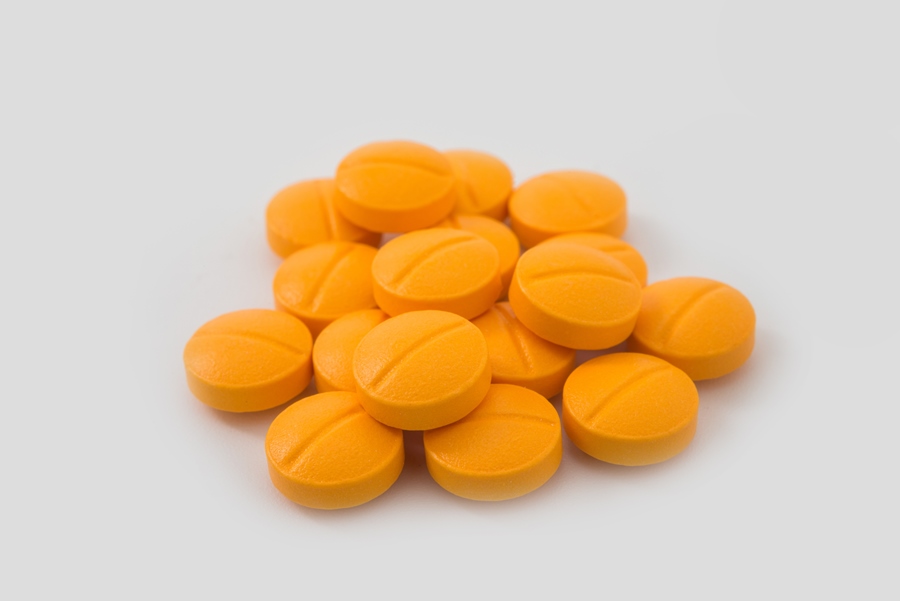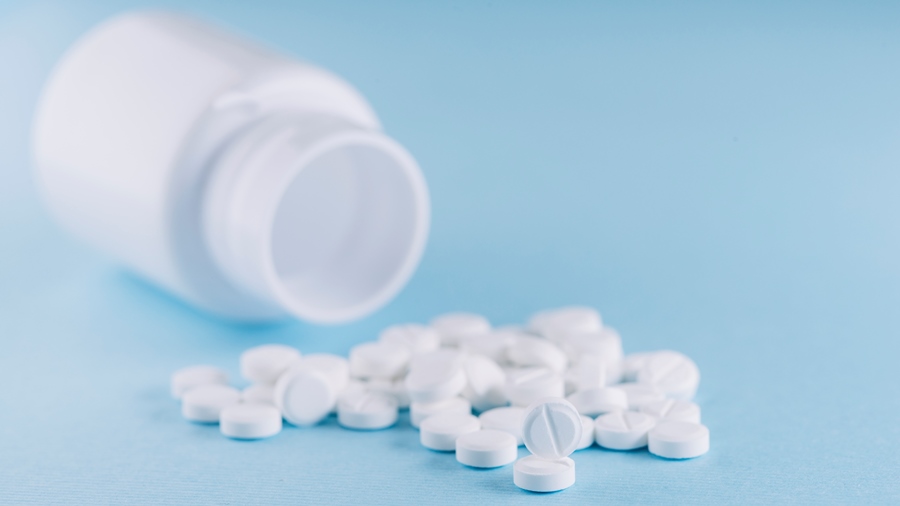When you or someone you love is journeying through opioid addiction, finding the right treatment method is crucial. Not only are you looking to heal the physical impacts of opioid addiction – but put in place the mental and emotional healing and resilience to manage potential relapse episodes.
However, for many to reach that point in their healing journey, the physical symptoms of addiction must be treated first. Only then can the next steps of healing the mind and soul take hold effectively.
There are two FDA-approved medications on the market to help treat opioid use disorders: Sublocade and Suboxone. Both medications aim to reduce the cravings for and withdrawal symptoms of opioids but have differences that are important to understand before you start a treatment process.
Let’s examine both and how medication-assisted treatment (MAT) can help you or a loved one on the path to recovery.
What Is Medication-Assisted Treatment?
Before we look at Sublocade and Suboxone, it’s important to understand how medication-assisted treatment methods work. For individuals suffering from opioid use disorders, treatment can be challenging due to the highly addictive nature of opioids.
MAT involves using FDA-approved medications in conjunction with counseling and behavioral therapies to provide a comprehensive approach to recovery.
These medications help to normalize brain chemistry, block the effects of opioids, and relieve cravings or withdrawal symptoms. This combination of treatments helps them to better handle their cravings as well as other physical and mental symptoms that may arise during the recovery process.
Medication-assisted treatment allows individuals to focus on their recovery and rebuilding their lives without constantly struggling with overwhelming cravings. It is important to note that MAT is not a “quick fix” or a replacement for other aspects of treatment such as therapy and support groups – but is a key step in the overall recovery process.
What is Sublocade?
A relatively new addition to the growing arsenal of OUD treatments, Sublocade is a long-acting buprenorphine injection. The medication is administered monthly by a trained healthcare professional, and works by releasing the medication slowly over time.
This delayed release aims to offer a longer-lasting effect and reduce the need for daily dosing, making it a convenient option for those who struggle with adhering to their medication regimen.
How does Sublocade work?
Sublocade contains buprenorphine, a partial opioid agonist that works by binding to the same receptors in the brain as other opioids but with less intensity.
While it may seem counterintuitive to use an opioid as a treatment for opioid addiction, buprenorphine helps to reduce cravings and withdrawal symptoms without producing the same euphoric effects as other opioids.
By slowly releasing the medication over time, Sublocade provides a steady level of buprenorphine in the body, which can help prevent relapse by reducing the potential for misuse or diversion.
What is Suboxone?

Suboxone, on the other hand, has been a staple in OUD treatment since its approval in 2002. It’s a combination medication containing buprenorphine and naloxone, available as a sublingual film or tablet that dissolves under the tongue.
How does Suboxone work?
Similar to buprenorphine, Suboxone helps to reduce cravings and withdrawal symptoms by binding to opioid receptors in the brain. However, unlike buprenorphine alone, Suboxone also contains naloxone, which blocks the effects of other opioids if they are used while taking Suboxone.
The addition of naloxone in Suboxone serves as a deterrent to misuse. If someone attempts to inject Suboxone, the naloxone can trigger immediate withdrawal symptoms, discouraging improper use of the medication.
Key Differences Between Sublocade and Suboxone
Here’s a quick comparison between Sublocade and Suboxone to help you compare the two options:
| Sublocade | Suboxone | |
| Composition | Contains only buprenorphine | Combines buprenorphine with naloxone |
| Administration Method | Monthly injection requiring medical supervision | Daily self-administration at home |
| Cost & Insurance | Generally more expensive, may require prior approval | Typically more affordable, covered by most insurance plans |
| Effectiveness & Safety | Both medications have demonstrated similar effectiveness in treating OUD. | Both medications have demonstrated similar effectiveness in treating OUD. |
Why Choose Sublocade for OUD?
So, of the two options available, why choose one over the other? While each offers a similar effectiveness for those struggling with OUD, there are some unique reasons why you may opt for Sublocade over Suboxone:
The medication is convenient: As a once-monthly injection medication, Sublocade means you don’t have to remember to take a daily dose. This can be helpful for those with busy schedules, as well as those who may struggle to remember to take medication consistently.
Sublocade is a controlled-administration medication: Requiring a medical professional to administer the medication means there is less of a risk of misuse or abuse of the medication.
Improved adherence means continuous treatment: Self-administered medication often comes with the risk of stopping once you feel the symptoms are gone. However, this can derail long-term healing – which makes professional administration helpful.
Privacy: By opting for monthly clinic visits for injections rather than at-home medication, you can enjoy greater privacy during your treatment journey.
Advantages of Suboxone

While there are advantages to Sublocade – such as in-office administration and fewer treatments – Suboxone also offers advantages for some:
Patients can take their medication at home, offering greater autonomy in their treatment.
- Suboxone is generally more affordable and has broader insurance coverage – making it more accessible for a wider set of individuals.
- Suboxone has a well-documented track record of effectiveness and safety, while Sublocade is relatively new. However, both are FDA-approved for use.
- With daily dosing of Suboxone, you can make small adjustments as needed.
As with any medication, working with a trained medical professional is key to knowing which of the two is best for OUD in specific individuals.
Are There Side Effects?
As with any medication, there are side effects and risks with taking either Sublocade or Suboxone. As both contain buprenorphine, they may have similar side effects:
- Constipation
- Headache
- Nausea and vomiting
- Drowsiness or fatigue
- Dizziness
- Dry mouth
There are also reported unique side effects for each:
- Sublocade: may cause pain, itching, or redness at the injection site.
- Suboxone: may cause numbness or redness in the mouth, tooth decay, and tongue pain due to its sublingual administration.
These are reported side effects among a small population of those who take the medications for OUD, and many find that the side effects are outweighed by the hope of reducing or removing the impacts of opioid use.
Hope Is Here For Opioid Use Disorder
The emergence of medications such as Sublocade and Suboxone means that the journey toward healing from OUD continues to become more accessible.
Always speak with a trusted medical professional and recovery advocate before making any decision on a treatment plan – particularly one that seeks to treat opioid use.
Sublocade might be preferable for those who value the convenience of monthly treatment and have struggled with medication adherence in the past. Suboxone could be a better fit for individuals who prefer the flexibility of daily dosing and are comfortable with self-administration.
United Recovery Project Can Help
Here at United Recovery Project, we know that recovery is a personal journey, and we’re here to support you in finding the best path forward. Our experienced team can help you weigh the pros and cons of each treatment option and determine which approach aligns best with your recovery goals.
Remember, medication-assisted treatment is just one part of a comprehensive recovery plan. Combining MAT with counseling, support groups, and lifestyle changes can significantly improve your chances of long-term recovery from opioid use disorder.
If you’re considering treatment for opioid addiction, reach out to United Recovery Project. We’re here to guide you through your options and support you every step of the way on your journey to recovery.
References:
- https://www.samhsa.gov/medications-substance-use-disorders
- https://www.naco.org/resource/osc-mat
- https://www.fda.gov/news-events/press-announcements/fda-approves-first-once-monthly-buprenorphine-injection-medication-assisted-treatment-option-opioid
- https://www.sublocade.com/how-sublocade-works
- https://www.recoverycare.org/blog/what-is-suboxone-4-facts-every-patient-should-know
- https://www.nami.org/about-mental-illness/treatments/mental-health-medications/types-of-medication/buprenorphine-naloxone-suboxone/
- https://www.drugs.com/medical-answers/difference-between-sublocade-suboxone-3535227/



